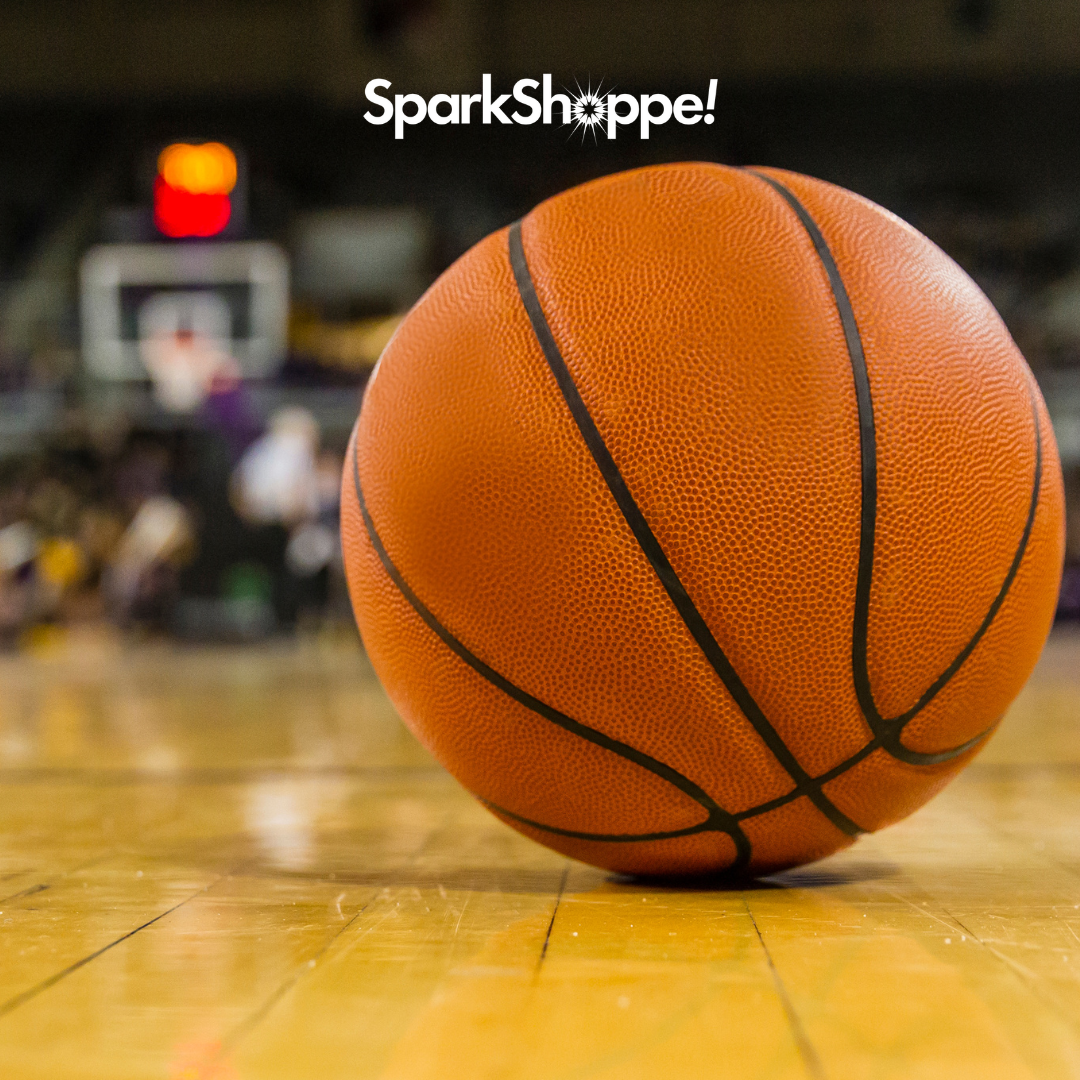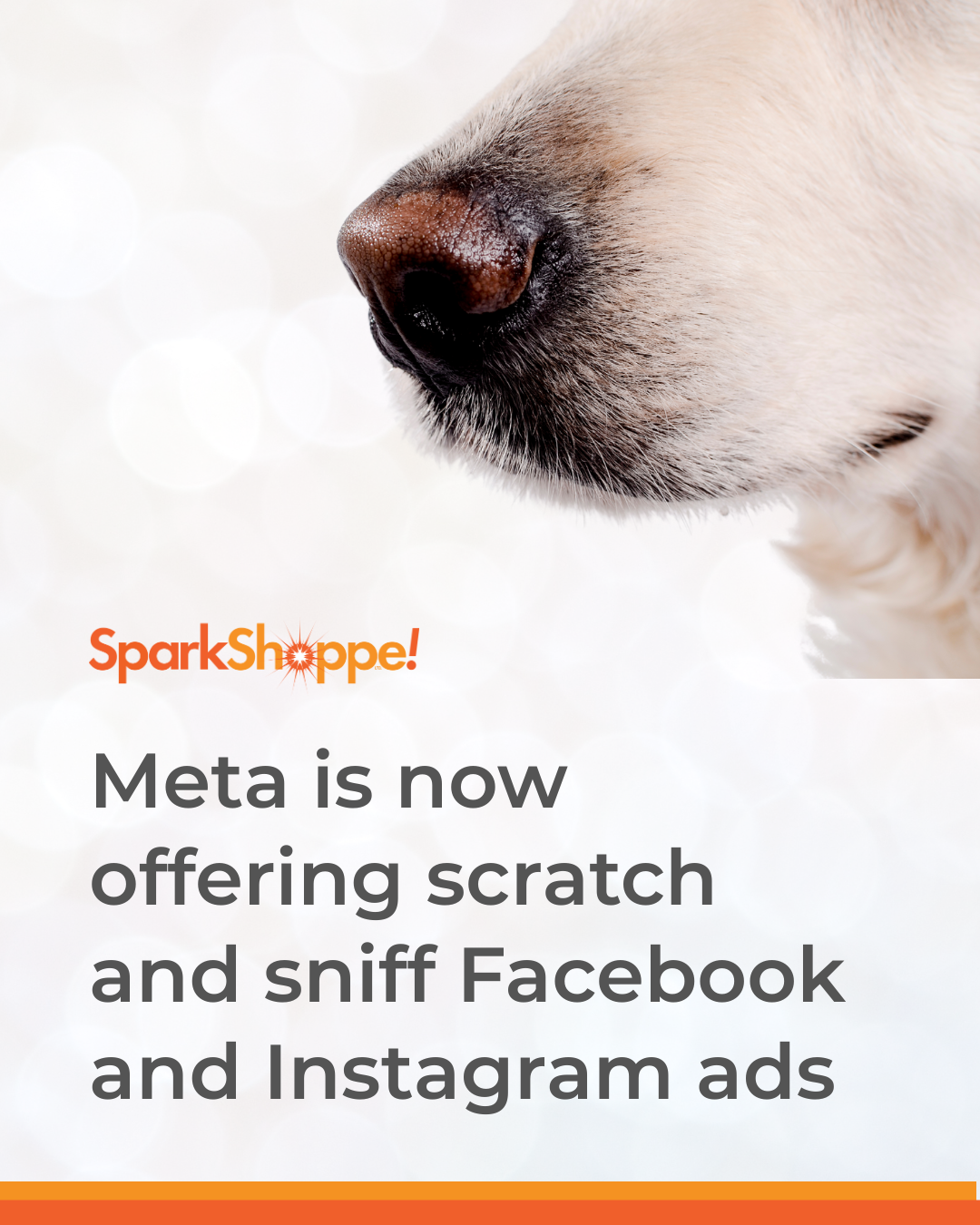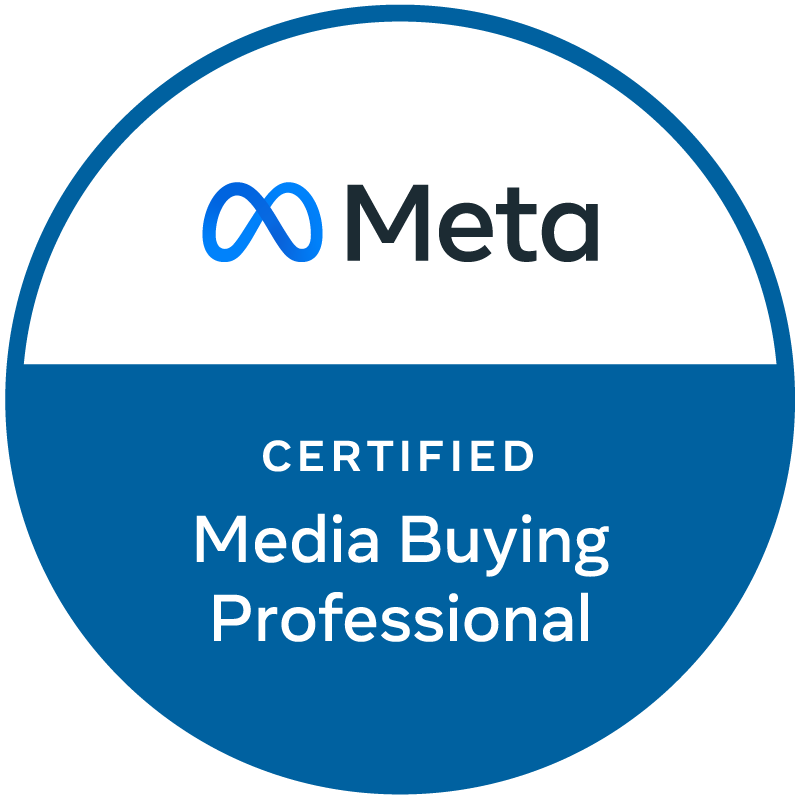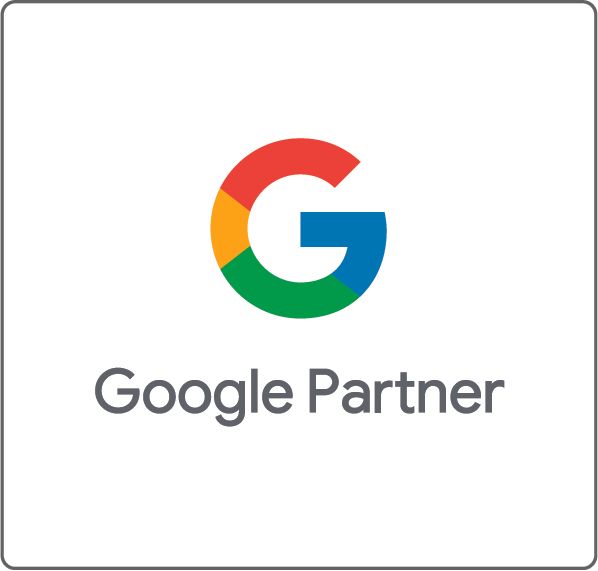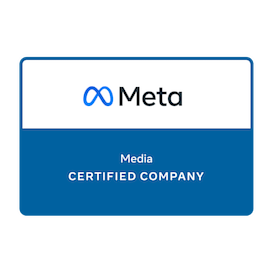The Shoppe - Updates to Rule 40, Utilizing Instagram Stories, Super Bowl Market Heating Up, & More!
Welcome back to The Shoppe! This week we’re talking about the Olympics’ Rule 40, different ways your business can utilize Instagram Stories, the Super Bowl market heating up quicker than anticipated, and more! Don’t forget to subscribe so you can be notified every time we post!
Rule 40 was first created to protect official sponsors of the Olympics, such as Coca-Cola, from “ambush marketing” where a brand might try to distract from the official sponsors of the games. Olympic organizers “don't want a major athletic sponsor that paid all that money to be undercut because someone paid out every single athlete directly,” said Ryan Detert, CEO of Influential, an influencer marketing platform. In 2019, Rule 40 was updated as officials deemed the rule “too far-reaching” and the International Olympic Committee loosened guidelines. This year will be the first where athletes are allowed to work with brands that are not official sponsors of the event. Now companies will be able to be part of the Olympics even if they can’t afford NBC’s television inventory. This will offer the athletes more of an opportunity to deliver value to sponsors. Although the rule has been updated, there are still restrictions that athletes and their sponsors (companies not affiliated with the Olympics) need to look out for. For example, brands and athletes can not use the Olympic rings or logos in marketing messaging and athletes may only thank sponsors a total of seven times on social media during the Rule 40 period. Additionally, if an athlete tweets at a sponsor to thank them, they can only mention the sponsor once in the tweet and not at all in an image, which should remain “generic” and “unbranded.” Because of these red flags, this could hinder brands from being interested in the sponsorship arena, depressing an athlete’s value. This new process is creating a whole new level of commercial control that the USOPC has over the athlete’s marketing opportunities. Click
here to continue reading about the updates to Rule 40 and the Olympic athlete’s “marketing guidance.”
Not sure how to utilize Instagram Stories for your business marketing? Keep reading to find out! It’s become an instinct to “Skip Ad” wherever possible, however, Instagram Stories offer an exception to this trend. A user will click on a friend’s story of their dinner and, before they know it, they’ve tapped through 5 adverts, swiped up to link’s from an influencer’s wardrobe, and passed 20 minutes of their time without even realizing. Instagram Stories have a way of grasping our attention and are addicting in a way that users get stuck viewing them for longer than they planned since it’s easier to keep clicking through rather than to exit. For this reason, it is the perfect place for businesses to be. To raise your brand’s profile, increase engagement, and convert more consumers, keep reading for Story ideas that’ll help you accomplish these goals:
- Announcements: share company announcements such as new product releases, new employees, or any other general updates.
- Story Highlights: you can utilize highlights to inform visitors to your profile who you are, what you do and why you do it, as well as sharing information about your product or service.
- Polls: use them for market research, customer feedback, or just to get to know your audience and have a bit of fun!
Click here to learn more ways to incorporate Instagram Stories into your marketing plan.
NBC recently announced that it has already sold 85% of its inventory in the football extravaganza, as media buyers point out that the Big Game market has heated up much earlier than expected. NBC is requiring high prices for Super Bowl inventory and asking for $5.8 to $6.2 million for a 30-second spot. A media buyer noted how all of the commercials in the first half of the game have already been spoken for in advanced discussions. With the Tokyo Summer Olympics, Super Bowl, and Beijing Winter Olympics all taking place within less than a year of one another, this has put a great deal of pressure on the network as it has a massive amount of high-priced commercial time to sell. For this reason, NBC has begun to pressure advertisers who want Super Bowl inventory, to put a similar amount of money into the 2022 broadcast of the Winter Olympics. However, no matter the level of demand, the Super Bowl ad-sales process will remain in flux right up until kickoff.
As we have just passed the first anniversary of the pandemic, consumers continue on with pandemic habits and rely on their mobile devices to manage their lives. This has given marketers a way to engage their consumers with their brands due to the growing smartphone usage. Research presented by eMarketer noted that popular app categories such as audio, social, and video are what capture the attention of consumers and essentially drive usage growth. The significant revenue growth that the app stores have seen in the past six months has revealed that consumer enthusiasm for paid apps and subscriptions is quite strong. A number of popular brands jumped on this uptick through creative marketing efforts that included collaborations, star power, and innovative mobile technology. A few of this year’s most notable mobile campaigns thus far are:
- Chipotle’s collaboration with E.l.f Cosmetics
- Verizon’s virtual Fortnite stadium livestream concert
- McDonald’s BTS menu collab
Click
here to read more about popular brands and their creative campaigns!
Never miss an update from “The Shoppe,” sign up for our email list today!
Subscribe
Sign up with your email address to receive news and updates.
Subscribe
We respect your privacy.

